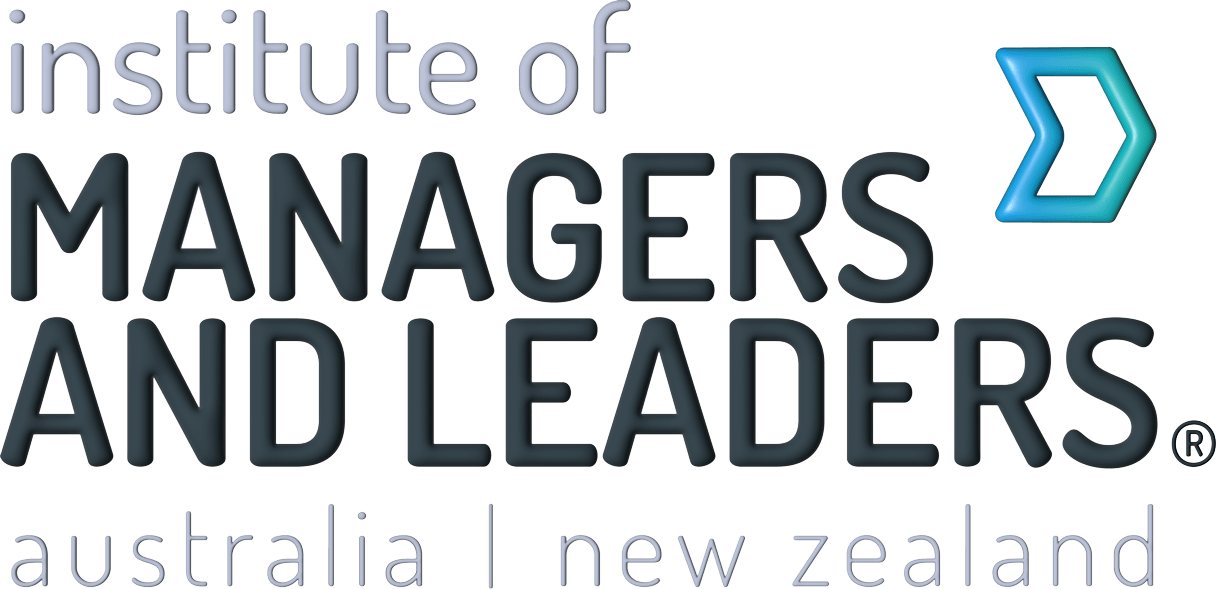As an organisational consultant and high-performance leadership coach, I’ve partnered with dozens of leadership teams who think they are a team. But the reality is they more often operate as a group – a collective of individuals, operating as ‘silopreneurs’, thinking and operating in siloed ways.
When a leadership team operates in these ways, they are missing out on incredible opportunities to leverage collective capacity and generate more value for themselves, their organisation and their stakeholders.
Because of their seniority and scope of influence, how leadership teams interact and collaborate directly impacts the culture and performance of the organisations they lead. Their responsibility to act and behave like a team is magnified. They set the example for how talent can be leveraged in all teams within a business and ultimately determine the quality of the customer experience. To activate the ‘team’ in ‘leadership team’ is to sound a tone that resonates throughout the whole organisation.
The board is another version of a leadership team. Together, the board and the executive represent the power nexus of the organisation. They are the stem from which empowerment to all others flows.
When the leadership team demonstrates a positive team climate of both high challenge and high trust, they make it safe for every other team in the business to do the same. That’s how they influence a high-performance culture.
Leadership teams are the ultimate cross-functional units. Organisations cannot achieve a consistent high-performing work culture without a strong positive dynamic of teamwork and collaboration established in the top team.
Work on the team dynamic
Working on the dynamic of the team is as important as doing the work of the team. It’s all about building trust and respect.
Trust and respect are the bonds that tie. They are the essential glue that hold people in healthy relationship dynamics.
One leadership team I work with go on a strategy retreat each year and set aside one whole day to build what they call their ‘circle of trust’. They sit in a circle of chairs (or comfortable couches), share what is vulnerable for them from a personal and professional perspective, and invite constructive feedback in an open format. There is genuine listening and a willingness to grow from the experience together. They close with gratitude and an explicit agreement on their principles for working together in the year ahead.
The trust formed through this exercise provides the platform necessary to engage in open, balanced and constructive debate about the challenges of the business. This leads to better thinking, unlocking the creative potential of the group. These are connected teams – teams who effectively leverage collective capacity and innovate new solutions to organisational challenges.
To active the “team” in “leadership team”, you need to do three things: Get Real, Get Close and Get Better.
1. Get Real
First, diagnose the team dynamic. Doctors can’t solve health problems unless they diagnose the cause. Similarly, we can’t work on the dynamic of the team unless we know what we’re dealing with. Teams are either stuck in dysfunction junction (where they’re better off working alone), coasting along as functional (where they’re as good as their best performer), or high performing in synergy (where they’re better together).
How can you tell the difference? There are diagnostics, but I’m also a fan creating a safe space for an open conversation. Ask yourselves to be honest and share what it’s like working in your team. Is it safe to share your honest opinion? Do you feel heard and understood? Do you seek consensus in decision making? Be frank and honest, and set the burning platform for change.
2. Get Close
Get to know more about your leadership peers. This is more than just a nice to have. It’s necessary to appreciate the full range of capabilities available to each other. This means learning more about one another’s’ strengths, values, personalities, goals, and aspirations.
Leadership teams in particular need to establish a deeper level of understanding. They spend hours, weeks and months in locked high-pressure roles with very little time for social niceties. Understanding what sits behind your colleagues’ questions, phrases, and emails prevents unnecessary conflict and energy drain.
There is a caveat to getting close. Leadership teams which remain the same for many years running may become stale and insular in their thinking, negatively impacting their organisations’ performance. This dynamic can be changed by sharing new experiences (such as going on a retreat), bringing in new team members, or changing up the roles they play. To remain adaptive in changing market conditions, sometimes this necessitates a change in team membership.
3. Get Better
To foster a high-performing work culture, we need to set clear benchmarks for performance, and we need to help each other be accountable to those standards.
For any team to be successful, they must be clear on their purpose. This is different to the purpose of the organisation. The collective purpose of the leadership team is to foster a culture that enables the organisation to achieve its strategy. In addition to a shared sense of purpose, define what your principes are for working together, addressing how you will effectively deal with issues and conflicts as they arise. This becomes your leadership charter, an explicit shared agreement for working together.
Getting better is not about being perfect. It’s about continuously learning, growing and improving together. Helping each other be accountable to shared standards strengthens the confidence that no matter what the circumstances, you can trust your team will have your back.
Enhance your leadership skills
Accessing the true potential of a “leadership team” requires leveraging the collective capacity of everyone in the team. It’s about fostering genuine trust and communication to work cohesively as a unit towards a shared goal or collective success. You can only do this by getting real, getting close and getting better together. Check out our expert leadership courses and webinars to learn valuable professional development tools and skills to foster stronger leadership teams in your organisation.



